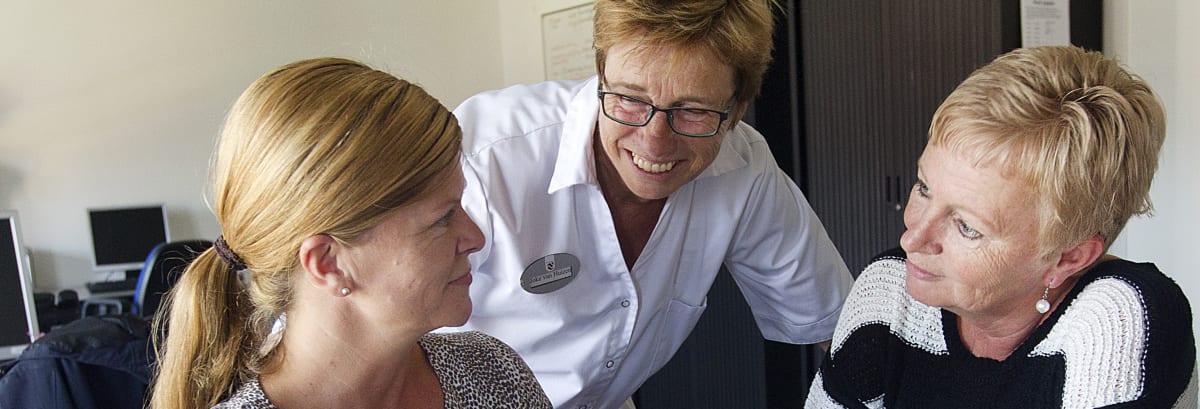Monitoring your network: 7 tips to keep it interesting and meaningful
Published on: 14-04-2023
Do you also wonder if you as a network are doing the right things to ensure your clients get the right support and care? And do you know whether you as a collaborative partner are making a valuable contribution to the network collaboration? To gain insight into this, networks set up a “monitor” to get a better insight into how the collaboration is progressing. Monitoring is usually not their favourite task.
7 tips to keep it interesting and meaningful
- Make clear what you as a network can control in terms of monitoring. What things within the sphere of influence of your network can you monitor?
- Make clear which information is interesting for the network and which information is interesting for the partners, funders and external parties.
- Direct your monitor with flexibility. Some of the network partners monitor on one set of topics and other partners focus on other topics. In this way, participants monitor the topics they find interesting, providing more motivation to monitor.
- Be sure to link indicators to the collaboration objective. Even if you want to monitor process and quality indicators. Use your creativity to monitor based on the goal.
- Make sure that, for example, at each consultation you ask three of the same questions, which together will serve to facilitate monitoring. That way you avoid having participants fill out lengthy monitoring forms.
- Apply “grasping” to retrieve info for monitoring: ask one or two questions in the app and then provide feedback on these questions in the app as well.
- Remind people that if monitoring falters, the PDCA cycle doesn’t close and you miss an opportunity to make support and care even better for your clients.
These tips are based on conversations during a peer group we had with colleagues from Utrecht University of Applied Sciences (HU), former students of the Master’s in Innovation in Care and Welfare (MIZW) and Vilans about network monitoring.
‘With monitoring, we have to extract information, including from external parties. The topics of the external parties are often less interesting to the person doing the monitoring.’
Monitoring rarely a high priority
The former MIZW students mostly work in care organisations and in care networks, in which they are also involved in monitoring. They find that monitoring always has to be done “on the side” alongside their regular work and is rarely given a high priority. They also notice that monitoring lists are often not completed or that the necessary reminders must always be sent before the lists are completed. And monitoring lists often contain topics that the funder or administrators find interesting. Not exactly topics that you as a professional are excited about… ‘
‘The diversity of topics for monitoring is important because your group of network partners is also diverse. That way there are interesting monitoring topics for all partners.’
This is how we keep monitoring interesting, meaningful and realistic
The tips therefore mainly focus on making sure that monitoring is as interesting as possible, but also does not take up too much of the participants’ time. So it is not only important to make clear what information is interesting for all participating parties, but also to ensure that every participant can monitor what is interesting to them. In this way we keep monitoring interesting, meaningful and feasible.
- These tips were compiled by: Ruben van Zelm, Training Manager and Senior Lecturer of the Master Innovation in Care and Welfare at Utrecht University of Applied Sciences and by Sandra Dahmen, Senior Advisor Strategy & Collaboration at Vilans.






